Last-Mile Delivery
Introduction: Understanding Last-Mile Delivery
Last-mile delivery refers to the final step of the logistics and delivery process, the one in which the goods are transported from a local distribution center to the customer’s location. Despite covering a relatively short distance, this phase is critical, as it directly impacts customer satisfaction and overall efficiency. This segment of the logistics chain has garnered substantial attention due to the rise in e-commerce and the increasing consumer demand for fast, accurate deliveries.
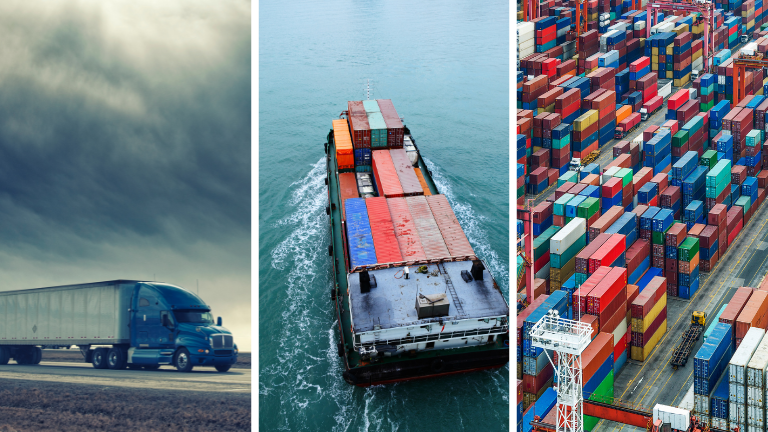
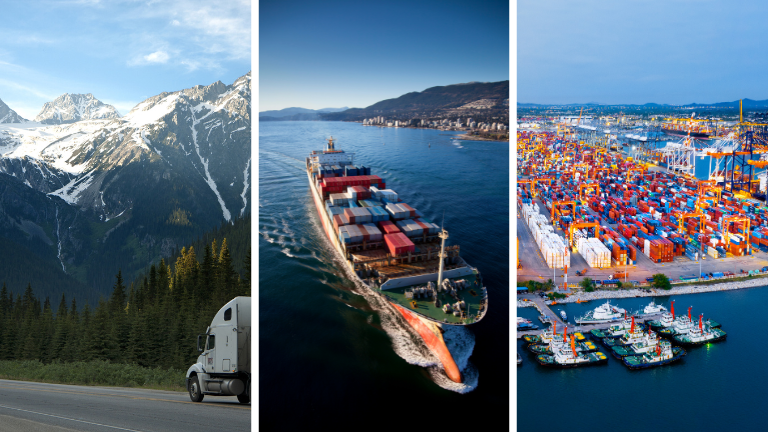
Key Components of Last-Mile Delivery
Distribution Centers
These are the hubs where goods are stored before being dispatched for final delivery. They are strategically located to minimize the distance goods need to travel during the last-mile phase.
Delivery Vehicles
Whether it’s a van, bike, or drone, the choice of delivery vehicle can greatly affect the speed and cost of last-mile delivery.
Route Optimization
Utilizing technology to determine the fastest, most efficient route is crucial to ensure timely deliveries and to save on fuel costs.
The Importance of Last-Mile Delivery
Customer Satisfaction
The last-mile phase is often the only physical interaction the customer has with the supply chain. Delays or errors here can severely impact customer satisfaction and loyalty.
Operational Costs
Last-mile delivery costs can account for up to 53% of total shipping costs. Efficient management of this segment is vital for maintaining profitability.
Environmental Impact
Fuel-efficient vehicles and optimized routes not only reduce costs but also minimize the environmental footprint of the last-mile delivery process.
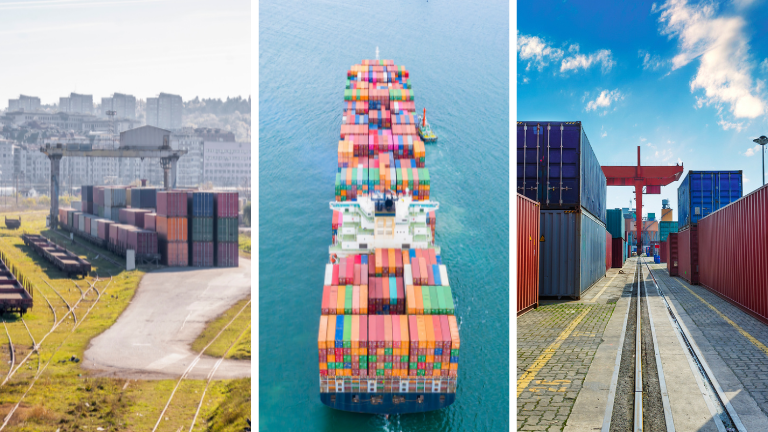
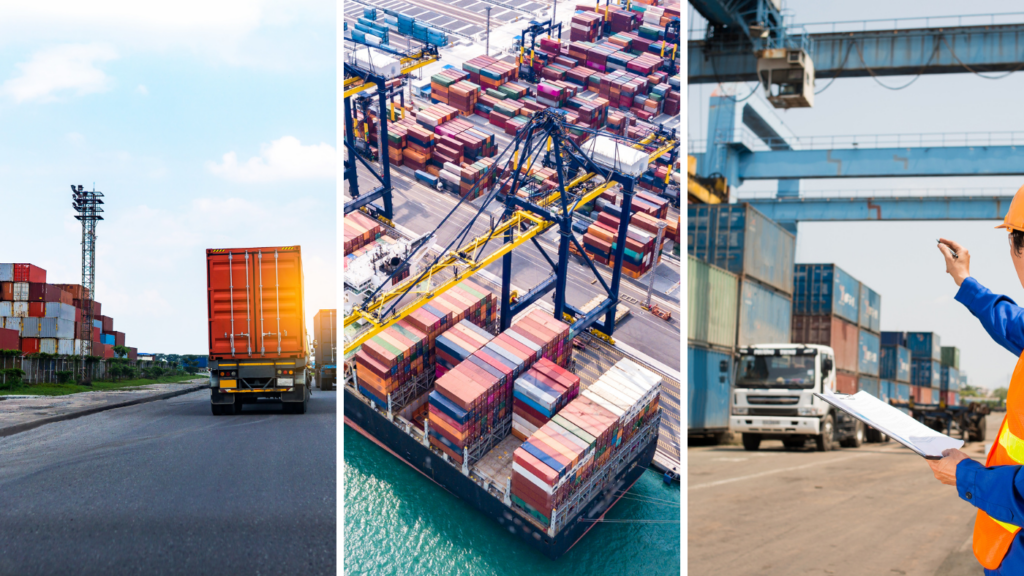
Challenges in Last-Mile Delivery
Traffic Congestion
Urban areas often present challenges in the form of traffic jams, which can delay deliveries.
Diverse Geographical Conditions
From navigating rural roads to negotiating city skyscrapers, diverse geography can make last-mile delivery complicated.
Regulation and Compliance
Each jurisdiction may have different regulations regarding emissions, labor, and vehicle types, which can complicate the last-mile process.
The Future of Last-Mile Delivery
Technological advancements like AI, drones, and smart lockers are reshaping the landscape of last-mile delivery. These technologies promise to make this crucial phase faster, cheaper, and more reliable, effectively redefining what customers can expect from a delivery service.
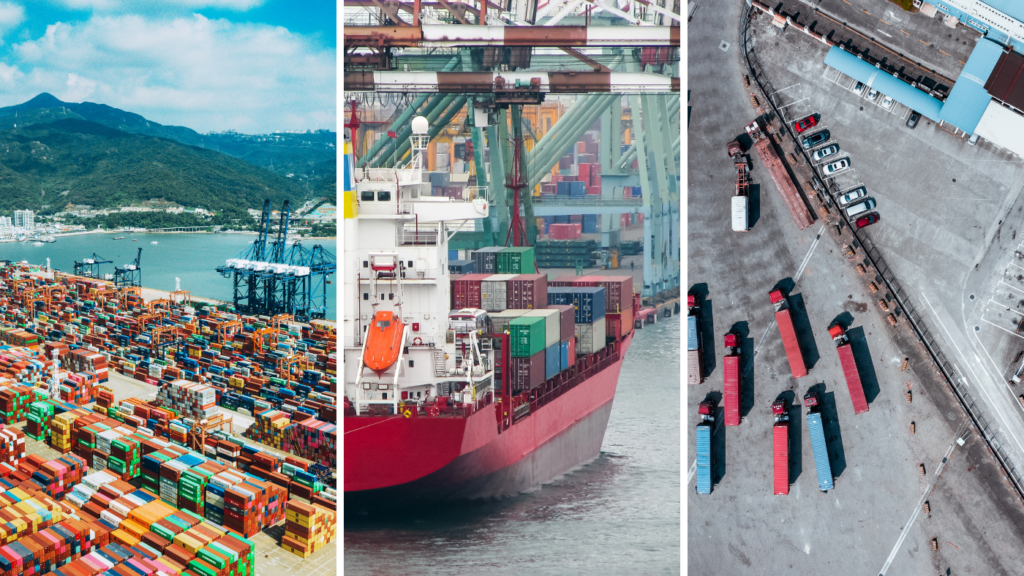
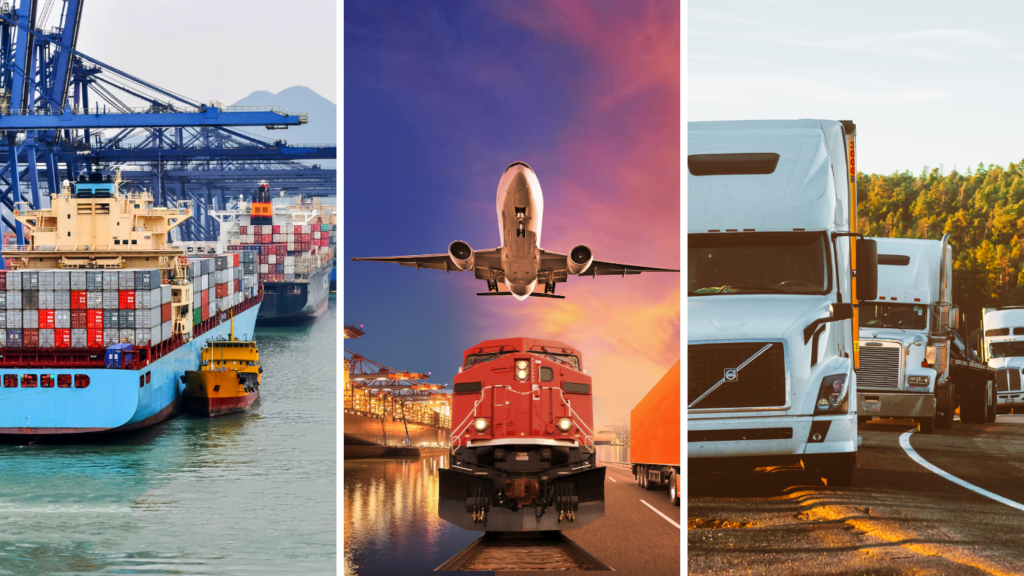
Key Takeaways
Last-mile delivery is much more than the final step in the shipping process; it’s the critical component that can make or break customer satisfaction and significantly impact operational costs. As technology continues to advance, the future of last-mile delivery looks promising, offering potential solutions to existing challenges and setting new standards for customer experience.
Contact Us
The world of logistics is complex and full of technical, financial, and business elements. The logistics experts at Phoenix International deliver top-quality freight forwarding service, supported by powerful technology and decades of experience. Contact us and let us know how we can help you!
